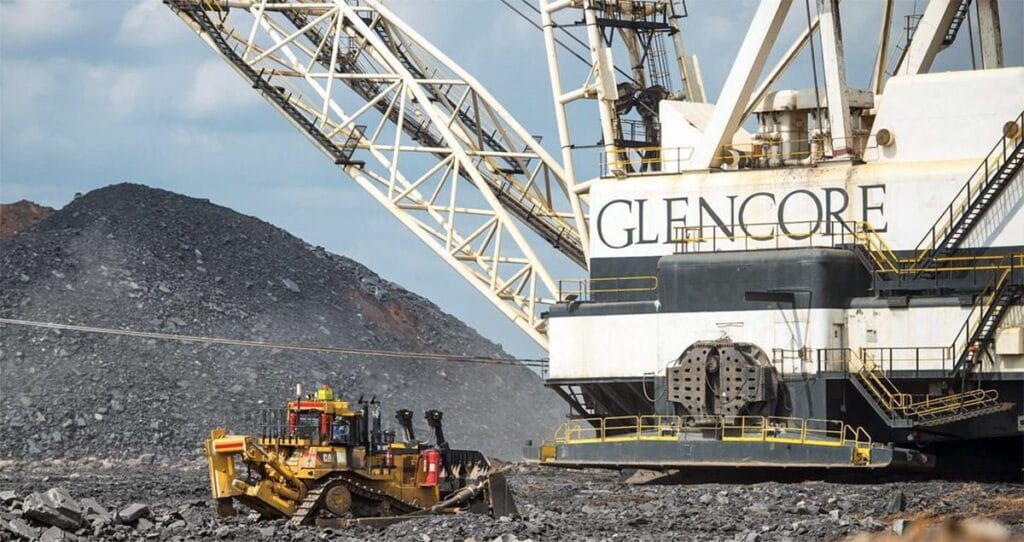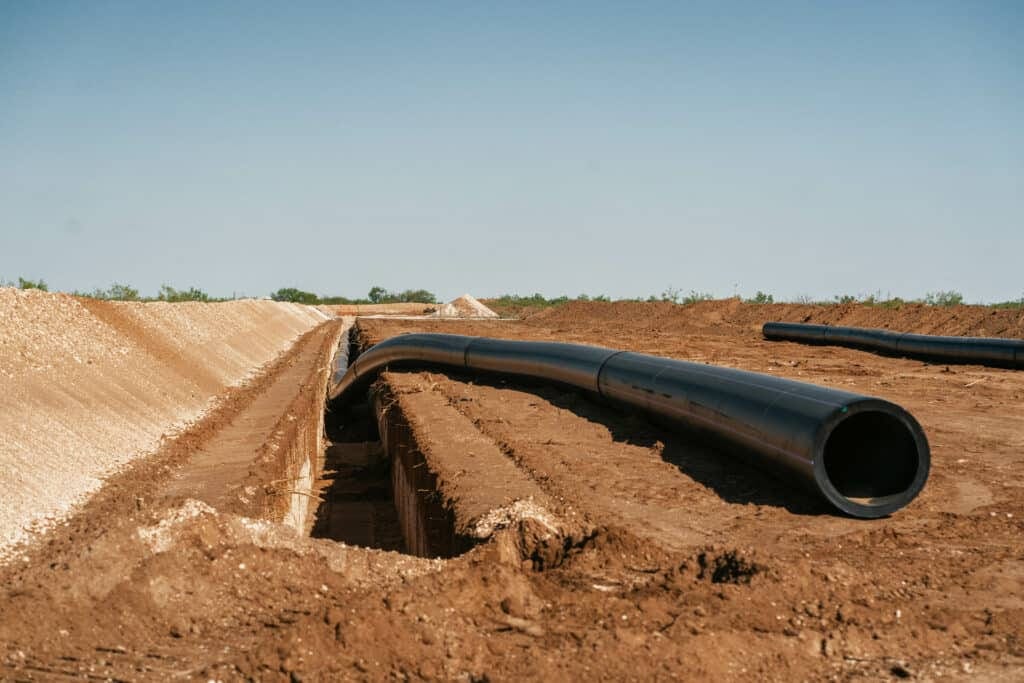Overview
Glencore plc, a multinational commodity trading and mining company headquartered in Baar, Switzerland, is one of the world’s largest natural resource companies. Founded in 1974 by Marc Rich, the company initially focused on trading commodities, but has since expanded its operations into various sectors, including mining, agriculture, and energy. With a diverse portfolio that encompasses metals, minerals, oil, and gas, Glencore is a key player in the supply chains of essential materials critical to the global economy. This post aims to explore the various aspects of Glencore Mining, from its operational structure and geographical footprint to its impact on local communities and sustainability practices.

Historical Background
Glencore began as a trading company focused primarily on oil. In the 1980s, the company migrated into mining, acquiring assets that marked its transition towards becoming a vertically integrated commodity powerhouse. The company’s initial success in trading oil led to its diversification into metals and minerals, including copper, zinc, and nickel. The pivotal moment for Glencore came in 2013 when it went public, raising approximately $10 billion in what was one of the largest initial public offerings in Europe at the time.
Today, Glencore Mining operates across more than 30 countries and is a major player in the extraction and production of essential minerals required for various industries, including automotive, construction, and electronics.
Operational Structure
Mining Assets
Glencore’s mining operations are broadly categorized into the following main segments:
- Metals and Minerals: This division includes assets involved in the production of copper, zinc, nickel, cobalt, and precious metals. Copper, in particular, is a cornerstone of Glencore’s operations and is vital for electrical wiring, plumbing, and construction. The company’s copper mines, located in countries such as the Democratic Republic of Congo (DRC) and Chile, are among the largest in the world.
- Oil and Gas: Although primarily known for its mining operations, oil and gas remain pivotal to Glencore’s portfolio. The company has significant stakes in exploration and production assets in various regions, including the North Sea, South America, and Africa. This segment complements its mining operations, providing the necessary energy resources for its mining activities.
- Agriculture: Glencore Agriculture, one of the largest agricultural supply chain providers, covers a broad range of commodities, including grains, oilseeds, and soft commodities. While primarily focused on the agricultural sector, the interplay between mining and agriculture is critical, particularly in terms of land use and environmental management.
Geographical Footprint
Glencore Mining’s global footprint is expansive, with a significant presence in:
- Africa: The DRC is a focal point for Glencore’s copper and cobalt production, featuring some of the richest deposits. Mali, Zambia, and South Africa also house critical mining operations. Despite facing various challenges in the region, including political instability and operational risks, Glencore continues to invest in its African assets.
- Australia: Australia is a key player in Glencore’s portfolio, particularly in coal mining. The company operates several coal mines in New South Wales and Queensland, making it one of the largest coal producers in the country, while also maintaining operations in metals like nickel and copper.
- The Americas: In North America, Glencore has significant operations in Canada and the United States, focusing primarily on copper and nickel extraction. Latin America, particularly Chile and Peru, serves as a critical hub for the company’s copper and zinc mining.
Economic Impact

Contribution to Local Economies
Glencore Mining plays a significant role in local and national economies in the regions where it operates. The company provides employment opportunities, infrastructure development, and financial contributions to local communities. Glencore’s operations often generate substantial indirect employment through local suppliers and service providers. It also engages in local infrastructure projects, contributing to broader community development initiatives, such as education, healthcare, and transportation systems.
Economic Challenges
However, the presence of Glencore is not without controversy. The mining industry, in general, faces scrutiny regarding its environmental practices, labor conditions, and its impact on local communities. With increased global demand for minerals, particularly in the wake of the clean energy transition, the economic complexities surrounding resource extraction continue to escalate.
Sustainability and Corporate Social Responsibility
Glencore recognizes the importance of sustainable mining practices, particularly as the world increasingly focuses on climate change and environmental degradation. The company has set ambitious sustainability targets aimed at minimizing its carbon footprint and promoting responsible resource extraction.
Environmental Initiatives
Glencore commits to reducing greenhouse gas emissions and has announced plans to achieve net-zero emissions by 2050. To accomplish this, the company is investing in technological innovations and renewable energy solutions within its operations. Glencore is actively engaged in responsible land management practices, aiming to minimize the ecological impact of its mining activities.
Community Engagement
Glencore also emphasizes community relations and engagement. The company seeks to foster strong relationships with local communities, ensuring that they benefit from its operations. This includes providing support through community development projects, engagement initiatives, and investment in education and healthcare facilities.
Conclusion
Glencore Mining is a titan in the global commodities landscape, blending extensive historical expertise with a forward-looking approach to sustainability and community engagement. As demand for essential minerals rises, so too does the importance of responsible mining practices. Glencore’s dual focus on economic contribution and environmental stewardship positions it uniquely within the sector, reinforcing the critical balance between resource extraction and sustainable development. Going forward, the company’s ability to navigate the complex landscapes of global mining will be crucial in shaping not only its future but also its impact on the world at large. As environmental concerns grow and market dynamics shift, Glencore’s commitment to adapting its practices while maintaining economic viability will be instrumental to its ongoing success.

